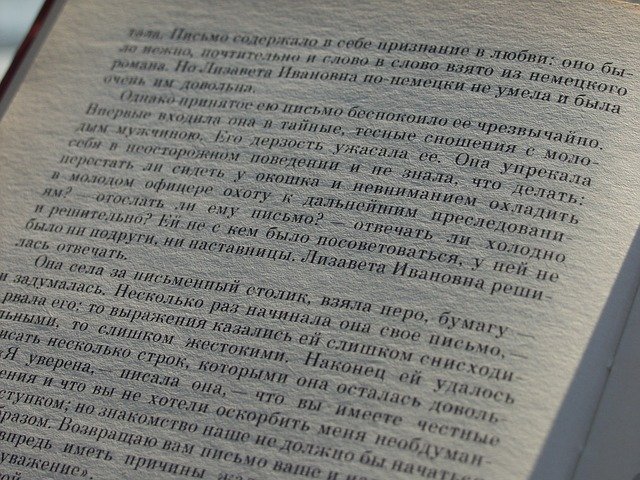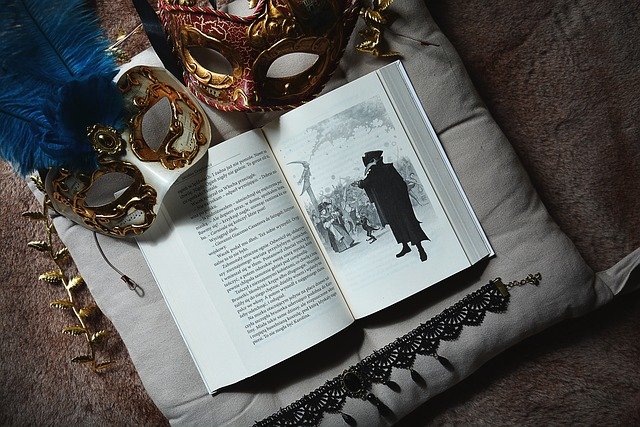
Registering books with Safe Creative
Registering books, and texts in general, in Safe Creative is very simple. Just save the text in a file, which can be pdf, docx, odt, or any other file, and upload it to your Safe Creative account. A series of data will be requested to complete the declaration of authorship and thus generate the registration and evidence. Some data will be mandatory, such as the title or the declaration of reservation of rights. Other information is optional, such as the description, descriptive tags, etc.
The registration in Safe Creative, being technological, will generate the necessary evidence immediately. In addition, in 24 hours you will have all the complete registration elements, including audit information in blockchain that can be used independently of Safe Creative.
But not all texts that are registered are finished or have a single author. Let’s take a look at some of the most frequent scenarios we encounter.
Can I register an incomplete book?

The law establishes that the rights are born when the work is finished by fixing it in a tangible support. In the past, in order to register a work, when it was mandatory to obtain the copyright, it was necessary to bring a physical copy of the book. Today the reality is quite different. Rights exist when articles are being written, even if the book has not been fully finished.
Chapters are often published online as they are completed, so it is very important to generate author’s evidence of the existence and evolution towards the final work. Thus, it is not only possible, but advisable, to register drafts, single chapters. It will be the judge who will decide, in case of conflict, if there are rights over those paragraphs. It is always better to have evidence of those paragraphs than not to have it. Such evidence, of course, supports and reinforces the registration of the finished work once completed.
What if there are co-authors? What if a co-author is the author of the images in the book but not of the text?
A book, or any other text, can be created by several authors. If two or more people are authors of parts of the text, you can register the text with a pdf file or similar and invite the other authors to accept that they are co-authors.
Another typical case is that someone is the author of the text and another of the illustrations. In that case it is best to register using an .rtf or similar file the text on one side and the author of the other works, in her or his own image category on her or his own. In the final book you can report the different registrations of the works that are in that work.
If this solution is not practical, we always recommend, at least, to credit the authorship of the elements outside our authorship in the file containing the work itself.
What happens if I find typos or misspellings after registering, do I have to register again?
In general, this is not necessary. It is very common to find errata even in later editions of the same work. This does not mean that the first proof of authorship of the original text is useless. It is only advisable to re-register if, for example, the work changes significantly. For example, with the disappearance or appearance of many paragraphs that cause part or all of the work to change its meaning.
What about the title, is it copyright protected?
In general, titles do not generate copyrights. It is easy to find works of the same or different types with the same or very similar titles. Only in some cases the title can be considered protected, as when the name of one of the characters appears in it for example. A classic example would be “Alice in Wonderland”. If you want to prevent a generic title from being used by others, you need have to consult at a patent, trademark and trade name office.

As the title will rarely generate copyrights, not having the original title or using a provisional one is not an impediment for the registration of the file with the text of the book to be perfectly valid. What does automatically generate rights is the literal text of the book, the work itself.
How do I register a version or other derivative work of a book?
A book may be modified and changed enough for the author to consider it necessary to create a new proof. It can be registered directly as a version of the previous one. If a derivative work is created that is not a book, but a different type of work, such as a video, song or audio, it can also be registered as a version. It will be necessary to modify the type of work in this process. It is possible too to independently register it as another registration. The origin of that version can always be included in the work itself, or it can be indicated in the description of the registration.
Can I register the book with the cover?
It is best if the cover image is registered as such: image or design: other.
If an author registers a book with a file, PDF, for example, in which in addition to the text there is the cover, proof of the declaration of authorship of that cover is also being generated. However, it is usually better if there are two separate registrations.
What happens if I translate my book or someone else’s book?
Translations generate copyrights. In fact, two people can translate the same text and the text will probably be different in both cases.

When an author registers a book, the translations would be derivative works of the original. The original registration would still be useful. In the event that someone, without authorization, translates and publishes the book, the registration of the untranslated work should be sufficient. It is usually advisable to register the translation made by the author as well. Any translation has unique and distinguishable elements attributable to the original author.
If what we want is to register the authorized translation of a text of another person we recommend that the file containing the translation includes the information of the original work and author.
We might have left out some specific case. Do you have any other doubts or can you think of a case that you would like us to clarify?

